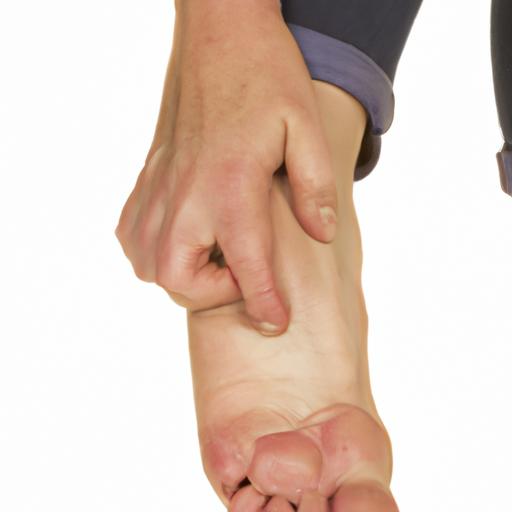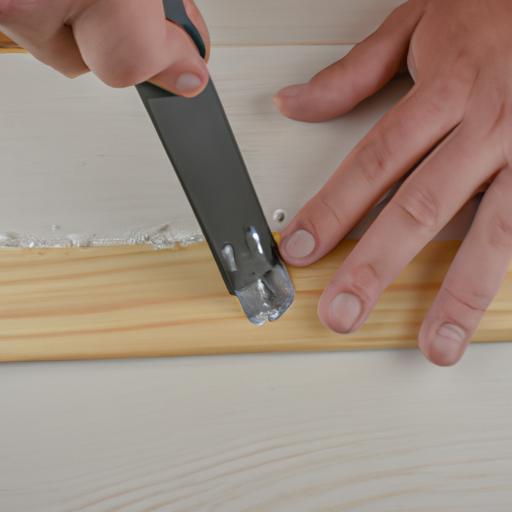Table of Contents
Introduction
Nail pain can be a distressing experience, and it’s crucial to understand why it occurs to seek appropriate treatment. There are various reasons for nail pain, including trauma, infection, and underlying medical conditions. Ignoring nail pain can lead to further complications, so it’s essential to seek medical attention promptly. In this article, we will delve into the causes and symptoms of nail pain, discuss diagnosis and treatment options, and provide preventive measures to keep your nails healthy.
Causes of Nail Pain
Trauma or Injury
One of the most common causes of nail pain is trauma or injury. Accidents or repetitive pressure on the nail, such as from tight shoes, can lead to bleeding under the nail, resulting in pressure and pain.
Infection
Nail infections, particularly fungal infections, can also cause pain and discomfort. These infections can lead to thickening, discoloration, and pain in the nail. Bacterial infections can also occur, causing swelling, redness, and pain.
Ingrown Toenail
An ingrown toenail happens when the nail grows into the skin, leading to pain and inflammation. It is often caused by improper nail trimming, tight shoes, or nail injuries.
Nail Fungus
Nail fungus is a common condition that causes thickening, discoloration, and pain in the nail. It is caused by a fungal infection, which can spread to other nails if left untreated.
Psoriasis
Psoriasis, a chronic autoimmune condition, can affect the skin and nails and cause nail pitting, thickening, and pain.
Arthritis
Arthritis can cause pain and inflammation in the joints, including those in the fingers and toes. This can result in nail pain and changes in the nail’s appearance, such as separation from the nail bed.
Understanding the causes of nail pain is crucial for proper treatment and to prevent further complications. In the next section, we will explore the symptoms of nail pain.
Symptoms of Nail Pain
Nail pain can manifest in various ways depending on the underlying cause. Some common symptoms include:
Sharp Pain
Sharp pain in the nail can be a result of trauma or injury. It can also occur due to an ingrown toenail, causing sharp pain upon applying pressure.
Throbbing Pain
Throbbing pain can occur due to infection or inflammation in the nail. It can also be a symptom of underlying medical conditions like arthritis.
Sensitivity to Touch
Nail pain can cause sensitivity to touch, making it painful to wear shoes or touch the affected area.
Swelling
Swelling around the nail can be a sign of infection, inflammation, or trauma.
Redness
Redness around the nail can indicate an infection, inflammation, or nail injury.
Recognizing the symptoms of nail pain helps in seeking appropriate treatment promptly. In the next section, we will explore the diagnosis of nail pain.
Diagnosing Nail Pain
To diagnose nail pain, your doctor will perform a physical examination and ask about your symptoms. They may also recommend imaging tests, blood tests, or nail sample analysis to determine the underlying cause of the pain.
Physical Examination
During a physical examination, your doctor will closely examine your nail and surrounding skin for signs of infection, inflammation, or injury. They may also inquire about your medical history and medications you are taking.
Imaging Tests
Imaging tests like X-rays, MRI, or CT scans can help identify any bone or joint issues underlying the nail pain.
Blood Tests
Blood tests can reveal any underlying medical conditions, such as psoriasis or arthritis, that may be causing nail pain. They can also detect any infections contributing to the pain.
Nail Sample Analysis
Examining a sample of the affected nail under a microscope can help diagnose nail infections or other nail-related conditions.
In conclusion, understanding the symptoms and causes of nail pain is crucial to seek appropriate treatment promptly. If you are experiencing nail pain, it is essential to consult a medical professional to determine the underlying cause and prevent further complications.
Treatment Options for Nail Pain
The treatment of nail pain depends on the underlying cause. Here are some common treatment options:
Pain Relief Medication
Over-the-counter pain relief medication, such as acetaminophen or ibuprofen, can help manage nail pain.
Antibiotics
Bacterial nail infections may require antibiotics, which can be taken orally or applied topically to the affected area.
Surgery
In severe cases of nail pain caused by ingrown toenails or infections that don’t respond to other treatments, surgery may be necessary. Surgical removal of the nail might be required in some cases.
Topical Creams
Antifungal creams can be used to treat fungal nail infections. These creams are applied directly to the affected nail but may take several months to be effective.
Home Remedies
Several home remedies can help manage nail pain, such as soaking the affected area in warm water and applying a warm compress. Essential oils like tea tree oil can also be beneficial for nail infections.
It is crucial to seek medical attention if nail pain persists or worsens despite home remedies or over-the-counter treatments.
Preventing Nail Pain
Preventing nail pain is possible by following these preventive measures:
Proper Nail Care
Maintaining proper nail care, such as trimming nails straight across and keeping them clean and dry, can help prevent nail infections and ingrown toenails.
Wearing Proper Footwear
Choosing footwear that fits well and provides adequate support can help prevent trauma or injury to the nails.
Avoiding Trauma or Injury
Taking precautions to avoid trauma or injury to the nails, such as wearing protective gloves when using tools or opting for shoes with steel toes, can prevent nail pain.
Maintaining Good Hygiene
Maintaining good hygiene, including regular handwashing and avoiding sharing personal care items like nail clippers, can help prevent nail infections.
In conclusion, nail pain can be distressing, but understanding its causes and symptoms can help seek appropriate treatment promptly. By following preventive measures and maintaining proper nail care, you can prevent nail pain and keep your nails healthy.







